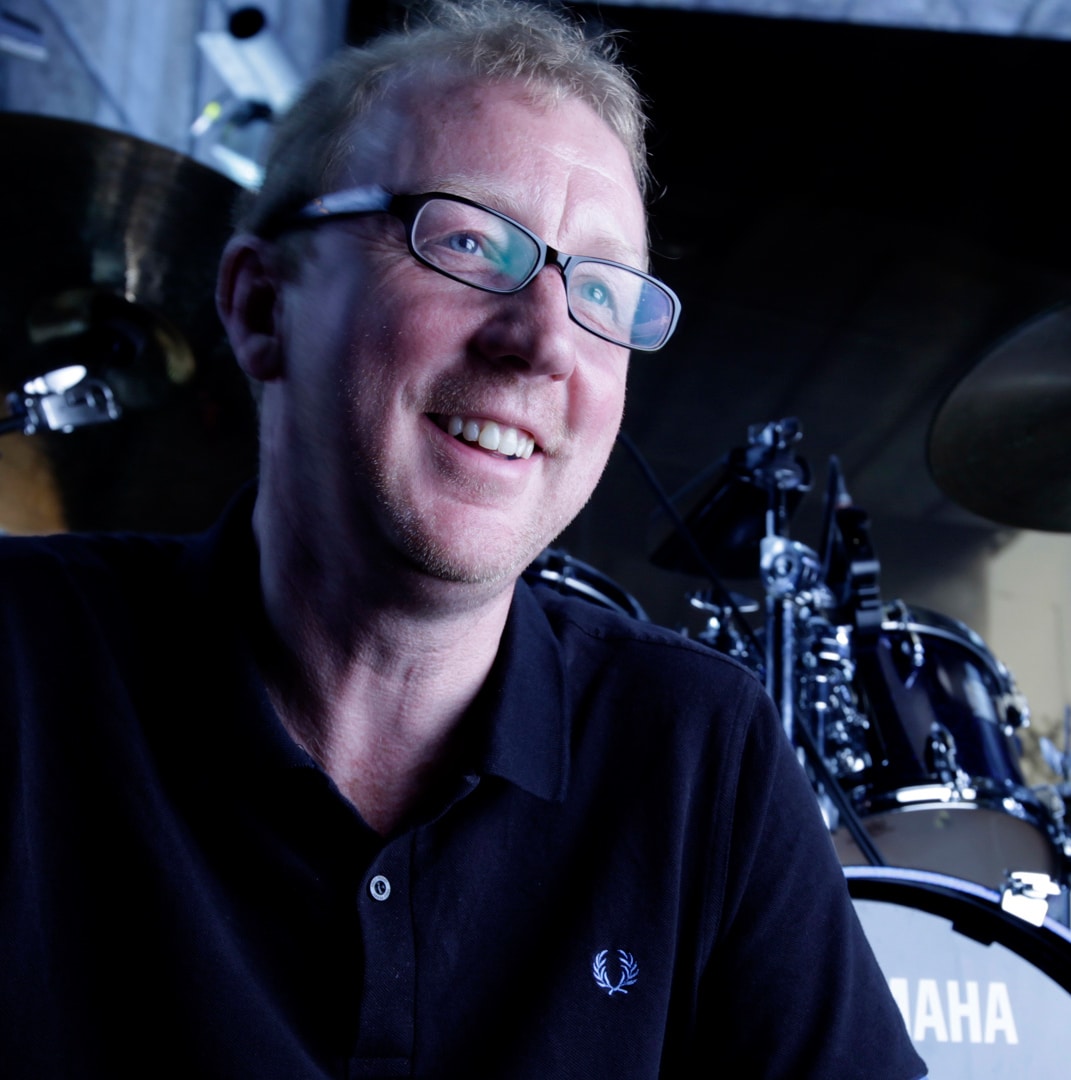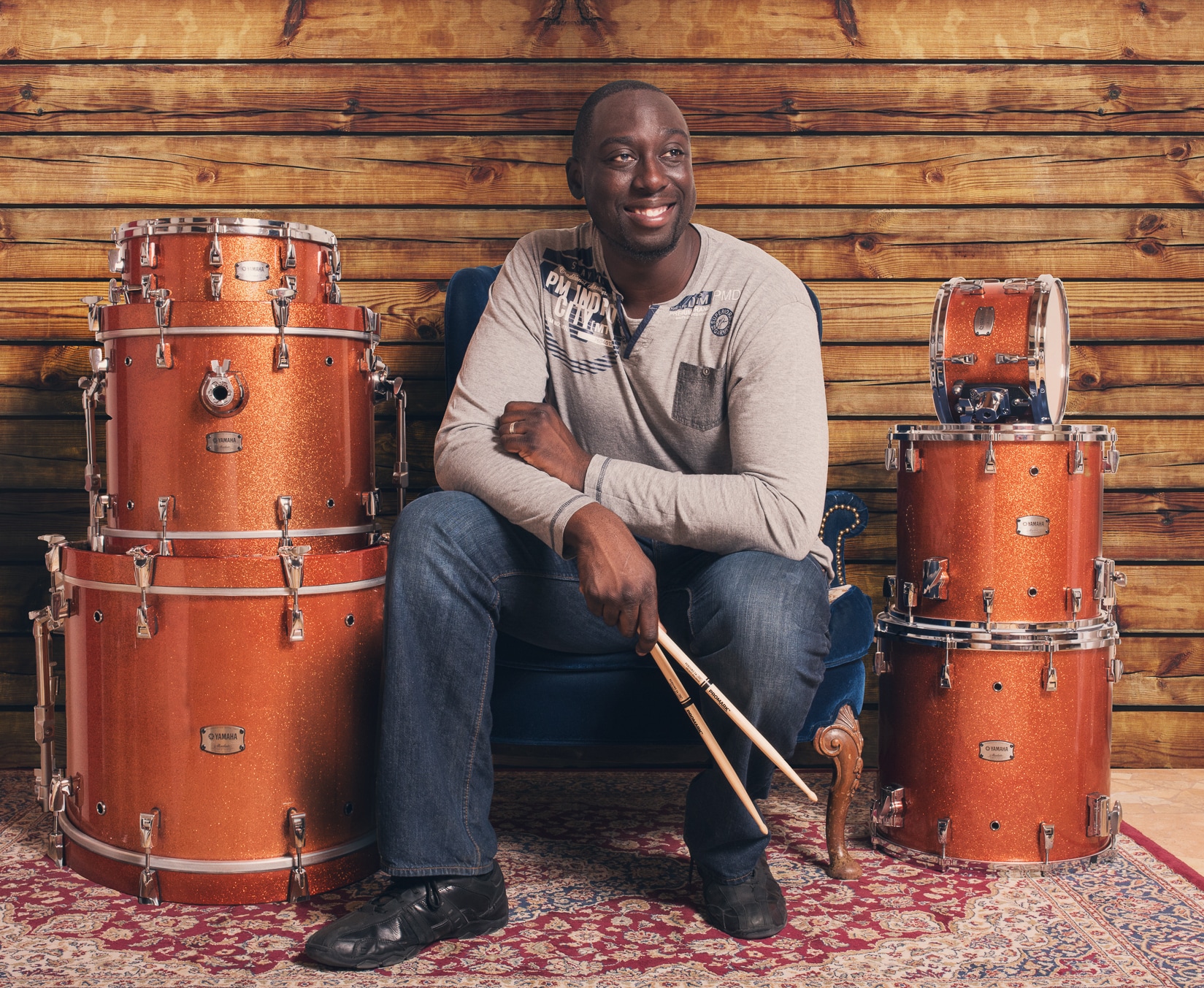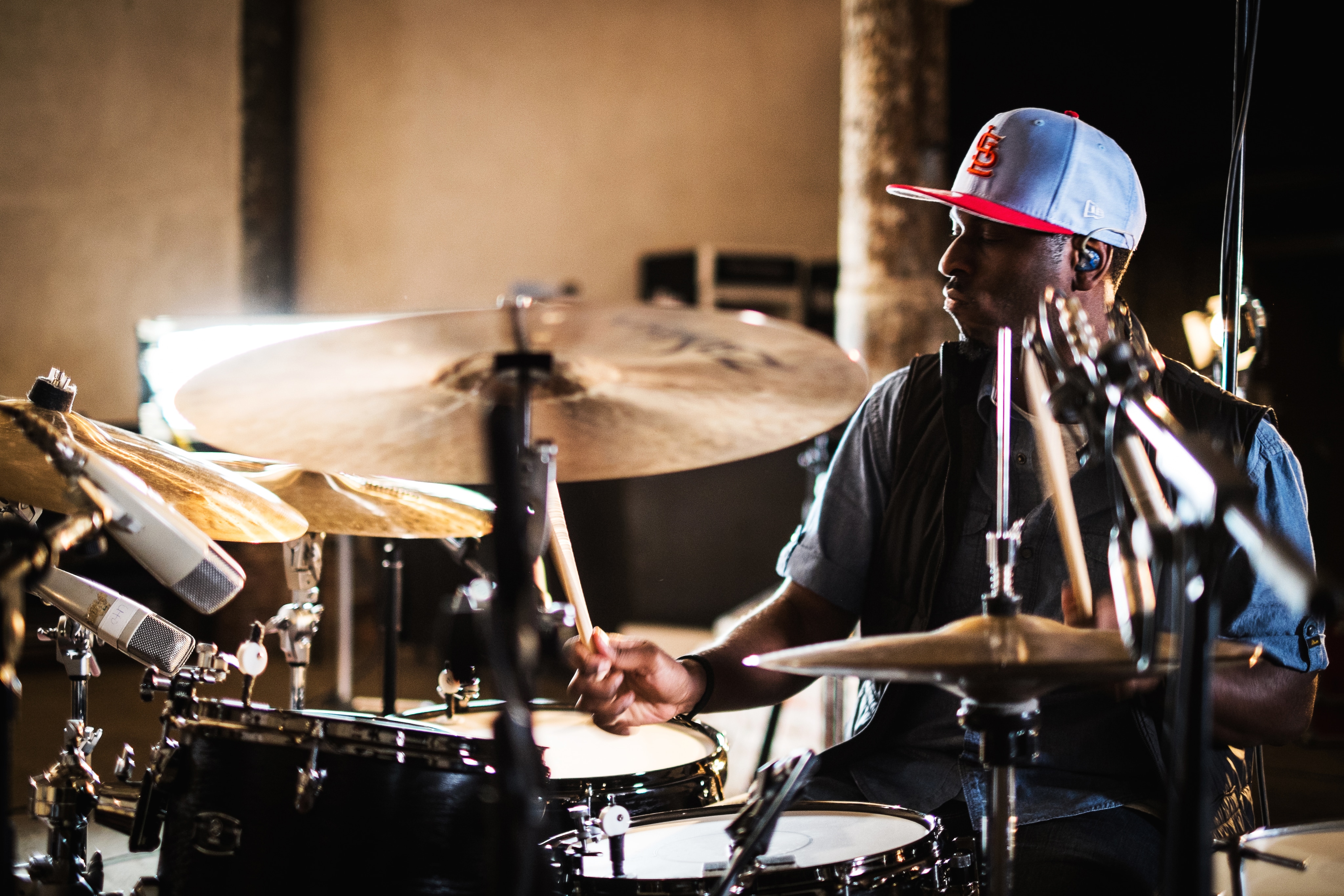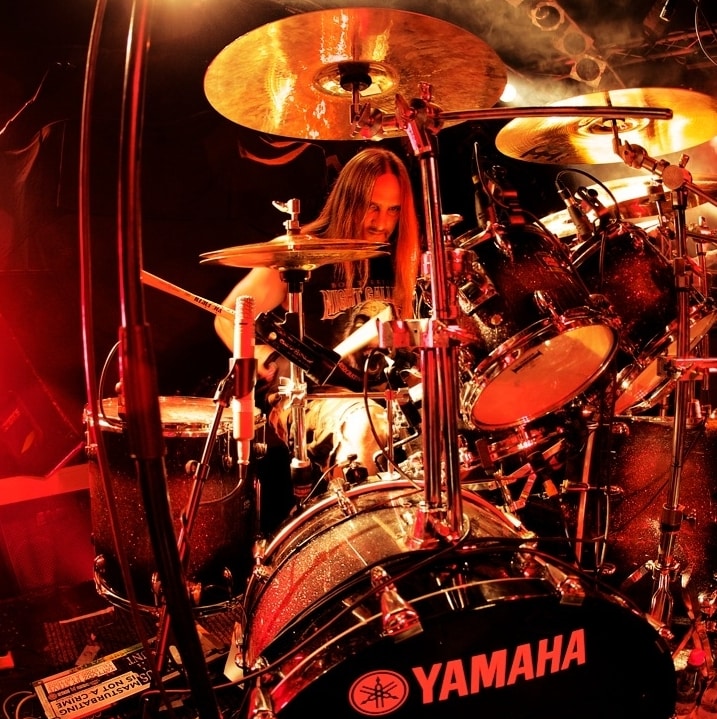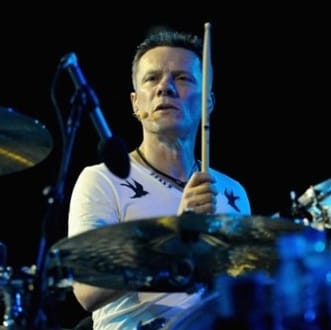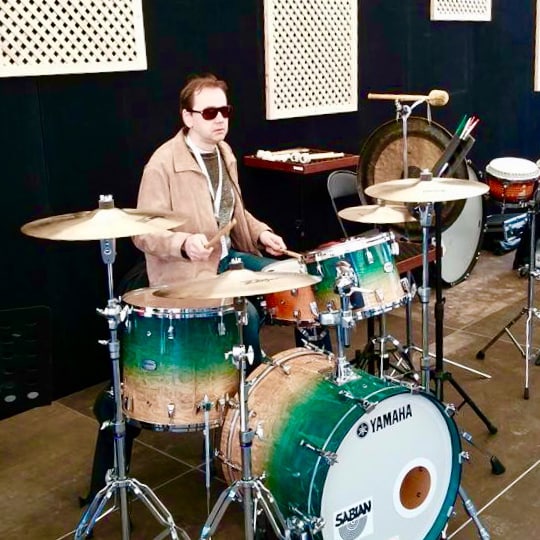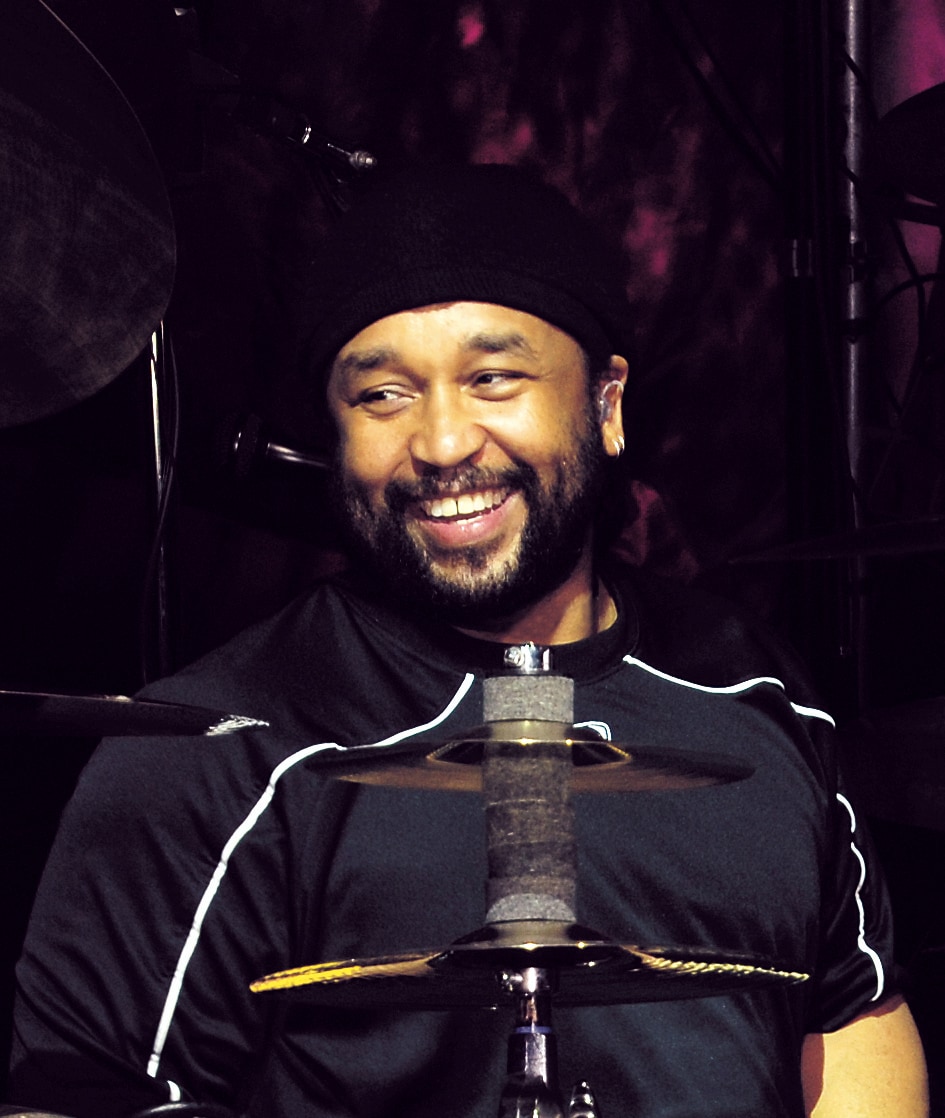Akira Jimbo
-
Amazing Drumming Akira Jimbo Drum Solo
Biography
Musical. Exciting. Dynamic. Blazing. Solid. Astonishing. All these words can be used to describe Akira Jimbo. He has been a leading figure in the Japanese music scene for more than 40 years and continues gaining well-deserved international recognition. Although he did not start playing drums until he was 17, Akira has become a master of his art form and is practically a household name in his home country of Japan.
Akira started playing drums in college (Keio University in Tokyo) and was a member of the Keio Light Music Society, the school's 18-piece big band. In 1980, he became the full-time drummer in the internationally renowned group, Casiopea. In his 10-year tenure with the band, he became recognized for his unique playing style and intricate techniques. With Casiopea, Akira released over a dozen albums, toured the world three times, and quickly established himself as something of a musical phenomenon in Japan. It was during this period that he refined his abilities as a composer and studio artist. After Casiopea, Akira formed Jimsaku in 1989 to explore new and different musical possibilities.
Along with the groups with whom he has performed and recorded, Akira has also maintained a high profile in the area of solo album work. He has released over 10 solo albums to date such as "Palette" (1991), "Slow Boat" (1992), "Lime Pie" (1994), "Panama Man"(1995)and "Flower"(1997).
In addition to the studio and solo projects, he has also released four instructional videos through DCI Music Video/Warner Bros. Publications: "Metamorphosis" (1992), "Pulse" (1995), "Independence" (1998)and "Evolution" (1999).
Throughout his career, Akira Jimbo has utilized his Yamaha drums and electronics exclusively as tools to channel his creative energy. Yamaha drums is proud to be associated with such a talented performer for over 40 years.







